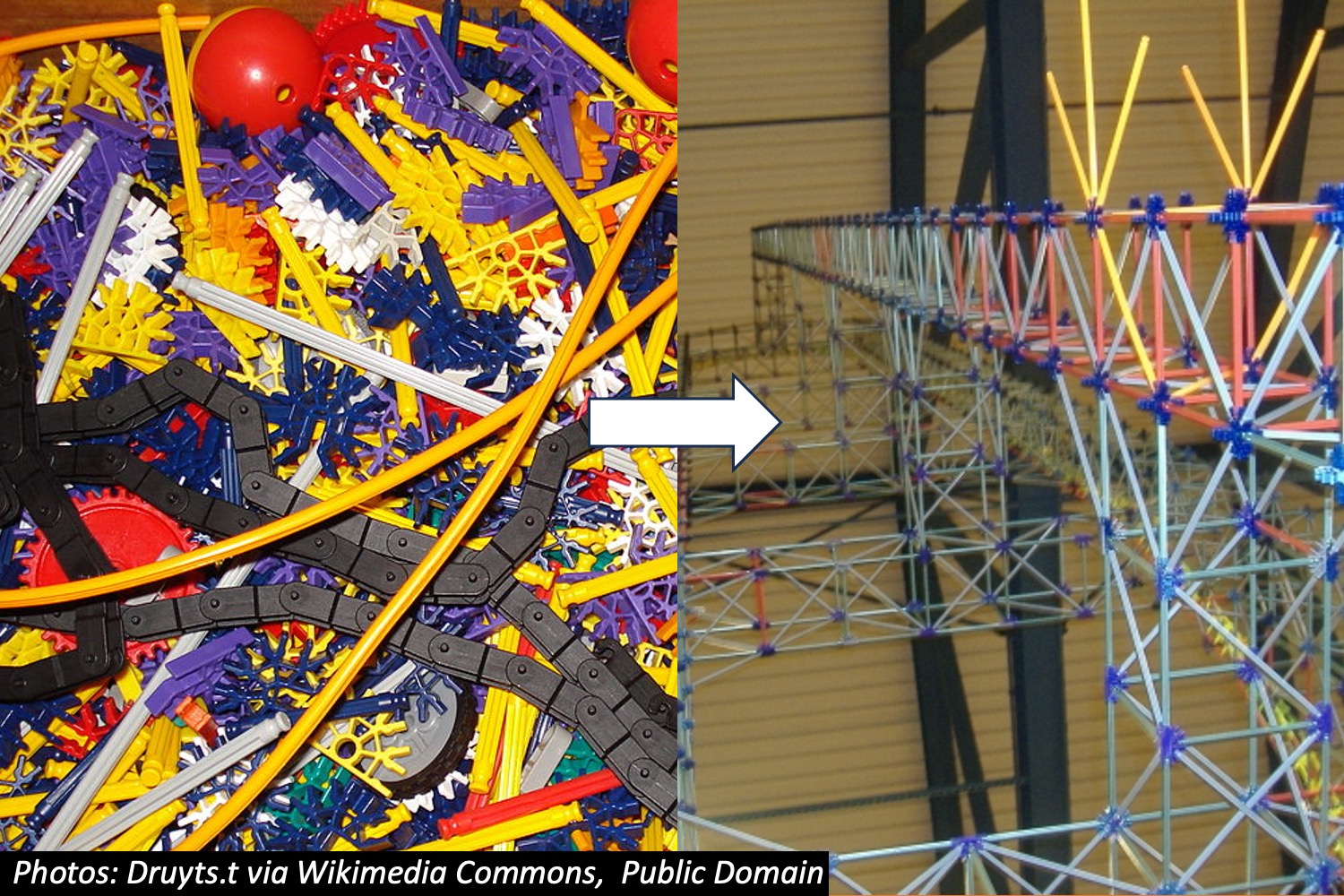We are loving this video of the world-record K’Nex ball roller coaster, and you probably will, too. K’Nex are those cool, colorful snap-together sticks you can use to make giant shapes and structures. This one, built by Austin Granger, uses more than 126,000 pieces! Balls travel up little elevators, roll down wavy ramps, and ride ferris wheels, all of which together fill a huge warehouse. See if you can follow all those balls, and guess how many sticks each one actually touches!
Wee ones: The ball “elevators” run up and down a straight line. See if you can spot any straight up-and-down lines in your room.
Little kids: How many sticks do you snap together to make a cube? If needed, look at a rectangular box-shaped object to see the edges! Bonus: If you snap on a blue K-Nex, then a red, then a white, then a blue to start the pattern again, what color is the 6th stick?
Big kids: If the ball takes 14 seconds to roll to the left on a ramp, then just 1/2 that time to roll back to the right, how long does that whole back-and-forth take? Bonus: If a new ball starts at that first spiral every 10 seconds, how many balls will start the trip during a 5-minute stretch — including the very first at 0 seconds?
The sky’s the limit: If the 126,000-piece ramp uses equal numbers of red, blue, green, white, and black sticks, but 4 times as many yellow sticks as red, how many sticks of each color does it use?
Answers:
Wee ones: Answers might include the vertical (up and down) edges of windows, doors, dressers and other furniture, and stripes in curtains.
Little kids: 12 sticks: 4 on the bottom, 4 up-and-down side, and 4 around the top. Bonus: A white stick.
Big kids: 21 seconds, since it takes 14 seconds there and 7 back. Bonus: 31 balls. There are 6 per minute starting at 10 seconds in, then you add 1 more to count the very first.
The sky’s the limit: 56,000 yellow sticks, and 14,000 of each of the other 5 colors. If you have equal numbers of those 5 colors and then 4 times as many yellow as any of them, then each red stick has a blue stick, a green, a white, a black and 4 yellow sticks with it, making a “set” of 9. There are 14,000 of those sets in 126,000, so there are 14,000 of each of the small colors and 4 times as many as that for yellow.



